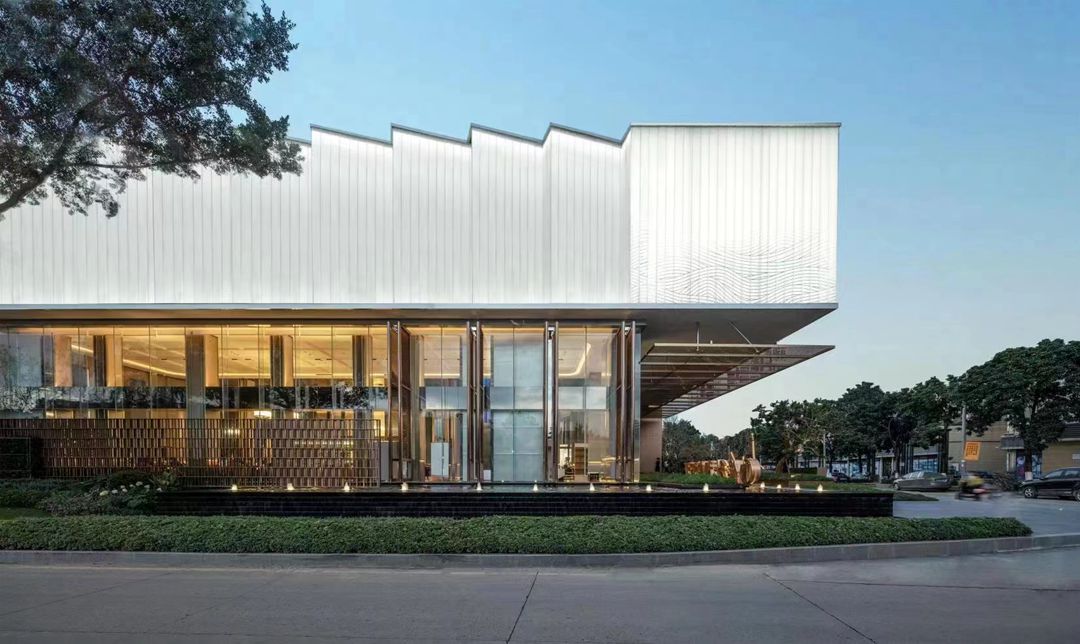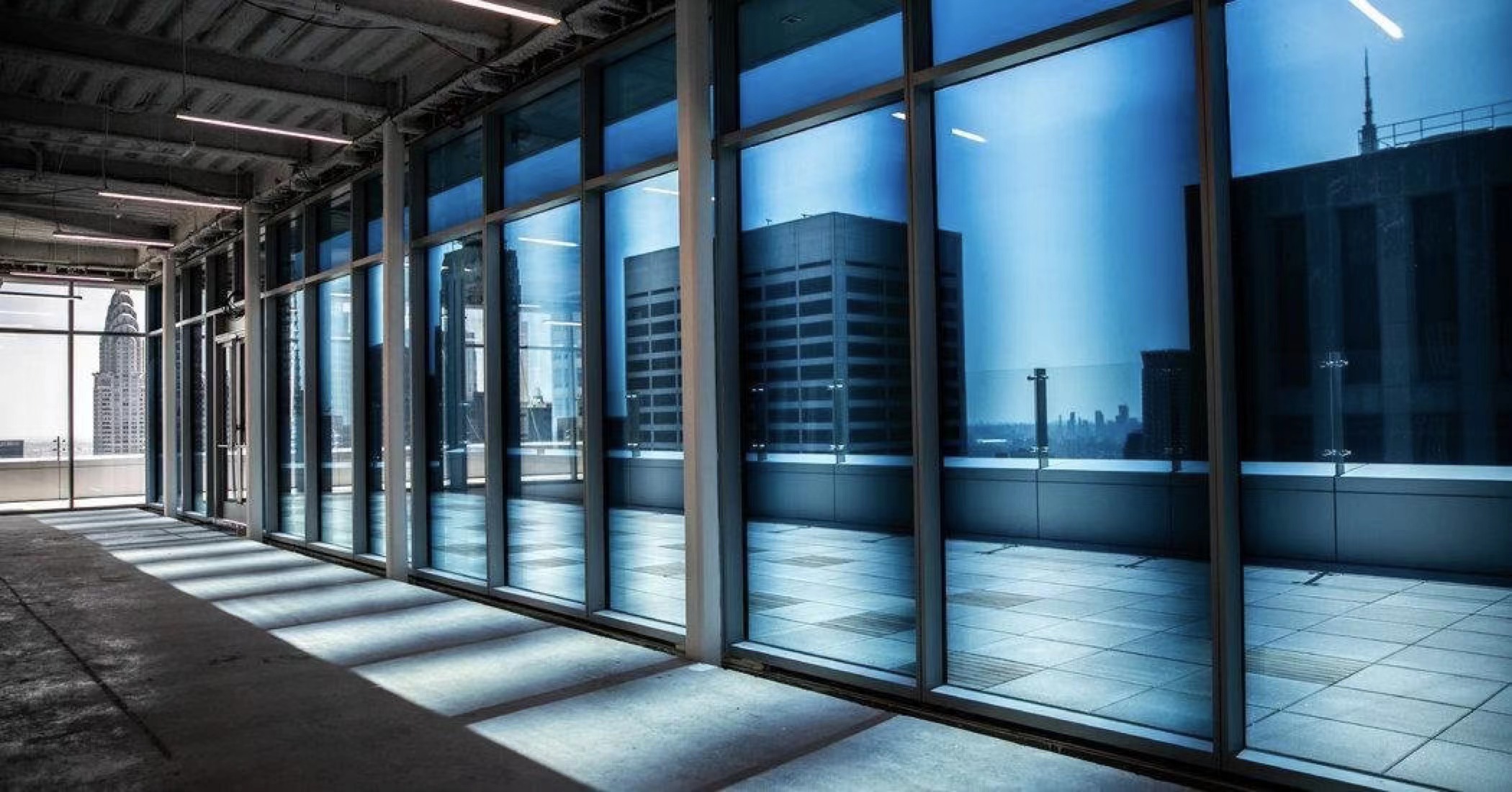Concepts
U Profile Glass is also known as channel glass. It gets its name from the continuous production process of calendering followed by forming. Named for its “U”-shaped cross-section, it is a new type of facade decorative glass material.
U Profile Glass, also called channel glass, is named after its “U”-shaped cross-section, formed through the continuous production steps of first calendering and then shaping, and it is a novel facade decorative glass material.
The history of U Profile Glass can be traced back to 1957 in Austria, when the bottom width was 262mm. It entered China in the 1990s. Since its development, there have been more than 50 specifications, and it is widely used in various industrial, architectural, and interior fields.
The history of U Profile Glass dates back to 1957 in Austria, with an initial bottom width of 262mm. It was introduced to China in the 1990s and has developed to have over 50 specifications so far, being widely applied in various industrial, architectural, and interior fields.
Characteristics
Variability: Texture, color, shape, and installation methods can all be customized to present the visual effect of the building or space.
Decorativeness: It is translucent but not transparent, with soft and uniform light, creating a unique decorative effect while ensuring privacy.
Environmental friendliness: It is lightweight, relatively low in cost, easy to install, and recyclable.
Practicality: It has high mechanical strength, anti-aging properties, light resistance, sound insulation, fire resistance, and thermal insulation.
Advantages
As a new type of energy-saving building exterior wall decorative material,U Profile Glass has excellent environmental protection and practical performance.As a new type of energy-saving facade decorative material for buildings, U Profile Glass has very superior environmental protection and practical performance.The existence of U Profile Glass reduces the self-weight of the building structure, eliminates the need for wall painting, saves the use of building materials, and greatly reduces construction costs.
The use of U Profile Glass reduces the self-weight of the building structure, avoids the step of wall painting, saves the consumption of building materials, and significantly lowers the project cost.
Due to its high mechanical strength and relatively stable performance against acids, alkalis, and high humidity, it is more sturdy and safe when used in the walls of medium and high-rise buildings.
With high mechanical strength and relatively stable resistance to acids, alkalis, and high humidity, it is more robust and safe for use in the walls of medium and high-rise buildings.
The diversity of surface textures gives rise to the visual hierarchy of U-shaped glass. Under the effect of the texture, the light diffusion rate is enhanced, and privacy is guaranteed.
The variety of surface patterns leads to the visual layering of U-shaped glass. Under the influence of the texture, the light diffusion rate is increased, ensuring privacy.
If U Profile Glass is used as the building facade or a light source is embedded in it, the indoor space enclosed by U-shaped glass becomes a soft luminous body with the support of night lights.
If U-shaped glass is adopted as the building’s exterior facade or a light source is embedded inside it, the indoor space wrapped by U Profile Glass will become a soft luminous body with the help of night lighting.
In terms of installation, U Profile Glass arranged in double rows has an air layer in the middle, thus achieving the effect of improving the environment such as sound insulation and heat insulation. Whether used in buildings or spaces, it is a multi-purpose component material that combines decorativeness and structural properties.
In terms of installation,U Profile Glass arranged in double rows has an air layer in between, thereby achieving effects such as sound insulation and heat insulation to improve the environment. Whether applied to buildings or spaces, it is a multi-purpose component material that simultaneously possesses decorativeness and structural properties.
Post time: Aug-19-2025

